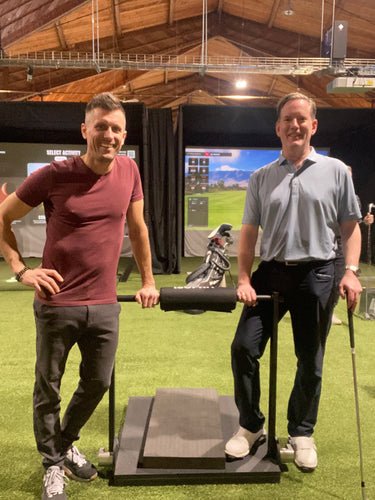|
In the pursuit of improved athletic performance and reduced injury risk, parents, coaches, and athletes often turn to various training methods. However, a recent study has cast a worrisome light on one particular approach: dynamic strength and conditioning. Published in the Journal of Strength and Conditioning Research, the study titled "Effects of Strength and Conditioning on Maximal Isometric Strength, Motor Unit Behavior, and Concentric Isokinetic Peak Torque in Middle-School Boys" by Rob MacLennan and colleagues reveals some alarming findings that demand our attention.
Isometric muscle strength, which refers to the ability to exert force with limited to no visible joint movement, is a key predictor for positive performance outcomes and overall health. However, this study suggests that dynamic conditioning exercises may not effectively enhance isometric muscle strength in young athletes. The implications of this finding are of high alert and should serve as a warning to parents, coaches, and athletes alike.
“Sixteen weeks of middle-school strength and conditioning did not enhance maximal isometric strength or vastus lateralis motor unit control”
Poor isometric muscle strength can have severe consequences for young athletes. It leads to instability, limiting their ability to maintain proper form and balance during various movements. Additionally, insufficient isometric strength hampers force production, ultimately impeding athletic performance in sports requiring explosive movements, such as sprinting or jumping. Most importantly, inadequate isometric strength significantly increases the risk of injuries, potentially derailing an athlete's progress and aspirations.
The training protocol employed in the study had a potentially dangerous effect on young athletes. By focusing on dynamic exercises that prioritize multi-joint movements, the training may create a false sense of strength and stability. This misguided perception can lead young athletes to push themselves beyond their actual isometric capabilities, putting them at a higher risk of injury. It is crucial for parents, coaches, and athletes to be aware of this danger and take appropriate precautions.
The study conducted by MacLennan et al. examined middle-school-aged boys who participated in a 16-week strength and conditioning program. Despite the high-intensity, multi-joint exercises performed twice a week, the program failed to improve maximal isometric strength.
Considering the high risk associated with poor isometric muscle strength and the limited benefits of dynamic conditioning, it is essential to reassess training strategies for young athletes. Rather than solely relying on dynamic exercises, a comprehensive approach that incorporates targeted isometric training should be adopted.
Parents, coaches, and athletes seeking to enhance isometric muscle strength may want to consider incorporating dedicated training tools such as Isophit into their routines. Isophit is a cutting-edge training system that specifically targets isometric strength development. By incorporating Isophit into their training regimen, young athletes can safely and effectively build the foundational isometric strength required for optimal performance and injury prevention.
The study cited here serves as a wake-up call to parents, coaches, and athletes about the ineffective nature of dynamic conditioning for building isometric strength. The absence of improvements in maximal isometric strength in young athletes emphasizes the need for caution and a shift in training protocols. By recognizing the importance of isometric training and considering tools like Isophit, we can provide young athletes with a safer and more effective pathway to success on and off the field.
If you have any questions regarding the article or would like to learn more about Isophit and its benefits for improving functional health and performance, please feel free to email me at brad@isophit.com.
Yours in Isometric Strength,
Brad Thorpe
CEO / Inventor
Isophit
|





![5. 30inThirty™ Strength Series - [15 Printable Programs] - Isophit](http://www.isophit.com/cdn/shop/files/5-30inthirty-strength-series-15-printable-programs-433761.png?v=1728497641&width=1080)




Share:
Isophit: For Blood Pressure Reduction, Isometric Strength Training Reigns Supreme.
Isophit: Is Preventing Parkinson’s Disease Possible?